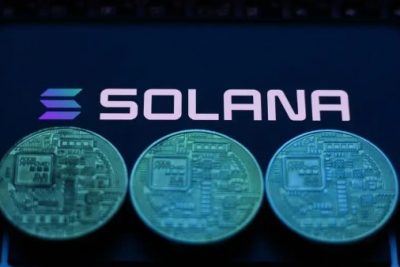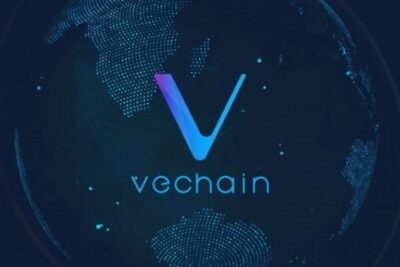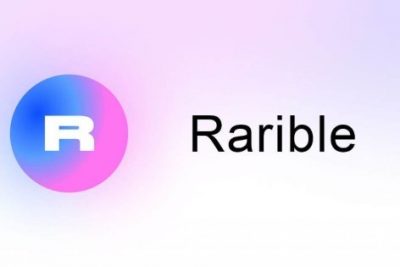

What Is Solana? In-Depth Information About Solana Network
21 April 2022
Solana is a blockchain network that enables decentralized applications such as smart contracts in addition to the SOL coin. Solana is well-known as a cryptocurrency for its lightning-fast transaction rates and minimal transaction processing fees. Solana is a distributed ledger technology platform that is utilized by developers of non-fungible tokens (NFTs), decentralized financial apps, and other software initiatives.
Solana was founded in 2017 by Anatoly Yakovenko and Raj Gokal, who is currently a Solana board member and Chief Operating Officer. Yakovenko, who is now the CEO of Solana Lab, has a background in system architecture and was looking to apply his expertise to a new blockchain paradigm that permitted quicker processing rates.
Continue reading to learn more about Solana and how the Solana blockchain works. Before you invest, learn all you need to know about SOL those that are that bePAY going to introduce to you may include
- What Is Solana?
- How Does Solana Network Work?
- What Is Solana Used For?
- Solana Vs Other Blockchains
- Is Solana A Good Investment?
- FAQs About Solana
- Wrapping Up
What is Solana?
Solana Definition
Decentralized, scalable apps can run on Solana’s blockchain platform. As an open-source project that began in 2017, it is now maintained by the Geneva-based Solana Foundation, while the San Francisco-based Solana Labs constructed the blockchain. 1 When compared to other blockchains like Ethereum, Solana processes transactions substantially quicker and charges far cheaper costs for each transaction.
Solana (SOL) is a cryptocurrency that operates on the Solana blockchain and has a market value of over $45 billion, making it the sixth-largest cryptocurrency by market capitalization. ( at the time of writing)
Key elements of Solana:
- In order to facilitate the development of decentralized and scalable apps, the Solana blockchain was created.
- Rival blockchains like Ethereum are unable to execute as many transactions per second as Solana and have far lower transaction fees.
- Using Proof of History (PoH) technology, Solana is a proof-of-stake (PoS) blockchain (PoH).
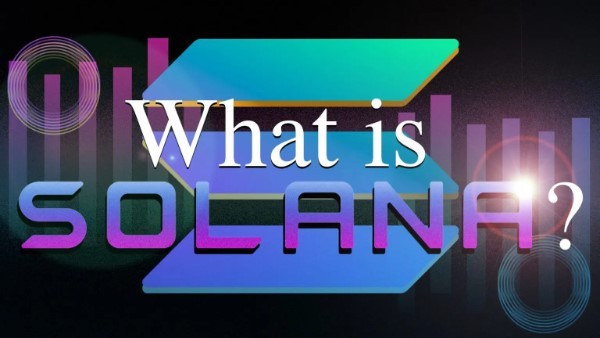
What is Solana?
Solana Cryptocurrency
SOL is Solana token. In addition to providing wealth transfer, the Solana Token also offers blockchain security via staking. SOL is a cryptocurrency that was introduced in March of 2020 with the goal of being one of the top ten new entrants to the market in terms of total market value.
The SOL token operation model is based on the Ethereum blockchain’s token operation model. Solana token holders stake the token in order to validate transactions using the PoS consensus process, despite the fact that they work identically. Users may also engage in governance by using the Solana token (SOL), which is utilized for incentives and transaction fees.
There will be more than 500 million Solana tokens in circulation with the current total supply of Solana topping 511 million tokens — Solana’s circulating supply is little over half that amount. Solana’s founders and the Solana Foundation own 60% of SOL tokens, while the community has only 38%
SOL tokens that may be acquired on the majority of exchanges if you’re wondering where to buy Solana. In Solana, the most popular cryptocurrency exchanges are Binance, Coinbase, KuCoin, Huobi, and FTX, among other names.
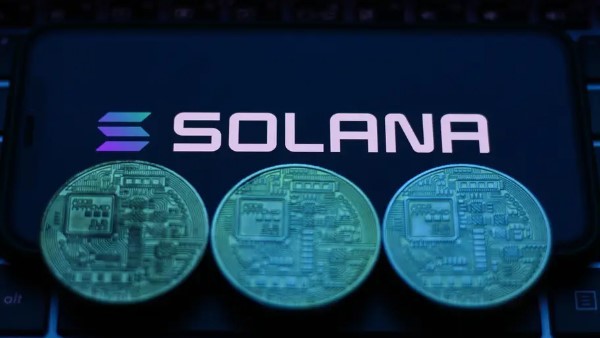
Solana Cryptocurrency
How Does Solana Network Work?
The Solana protocol’s central component is proof-of-history, a series of calculations that generates a digital record confirming the existence of an event on the network at any moment in time. It may be presented as a cryptographic clock that provides a timestamp for each network transaction, as well as a data structure that can be easily added to it.
PoH is based on the PoS protocol and employs the Tower Byzantine fault tolerance (BFT) algorithm, an improved variant of the practical Byzantine fault tolerance (pBFT) protocol. Solana uses it to achieve unanimity. The Tower BFT ensures the network’s security and operation, as well as serves as an extra tool for transaction validation.
Additionally, PoH may be seen as a high-frequency Verifiable Delay Function (VDF), a triple function that performs set-up, evaluation, and verification in order to provide unique and dependable output. VDF preserves network order by demonstrating that block creators have waited a sufficient amount of time for the network to progress.
Solana employs a 256-bit secure hash algorithm (SHA-256), which consists of a collection of patented cryptographic operations that generate a 256-bit result. The network samples the number and SHA-256 hashes on a periodic basis, delivering real-time data based on the set of hashes stored in central processing units.

How Does Solana Network Work?
Solana validators may utilize this series of hashes to track the creation of a certain piece of data prior to the establishment of a particular hash index. After this specific piece of data is input, the timestamp for transactions is produced. To reach the advertised high TPS and block generation speeds, all nodes on the network must use cryptographic clocks to keep track of events rather than relying on other validators to authenticate transactions.
- Transactions are input to the Leader will sequence and organize the messages effectively so that they can be handled by other nodes.
- The leader then runs transactions against the RAM’s current state.
- The Leader will then broadcast the completed state’s transactions and signature to Verifiers (replication nodes)
- Verifiers will then replicate the transactions on their copies of the state and publish their signatures if they obtain confirmation. Published confirmations will then function as votes for the consensus method.
What Is Solana Used For?
Solana, like Ethereum, is a computer platform that supports smart contracts. Smart contracts are used to power a broad variety of applications, ranging from NFT markets and DeFi to games and decentralized lottery systems.
As of August 2021, the majority of Solana’s most popular applications are DEXs and loan applications. On Solana, the application ecosystem covers billions of dollars in assets. One reason a user could choose a Solana-based service over, example, Ethereum is because the speeds are fast and the congestion is minimal, resulting in very cheap costs.
Additionally, the Solana blockchain supports stablecoins and wrapped assets. As of August 2021, Solana has released about $700 million in USD Coin. (USDC’s debut was facilitated by Coinbase and Circle’s involvement in co-founding the CENTRE Consortium.)
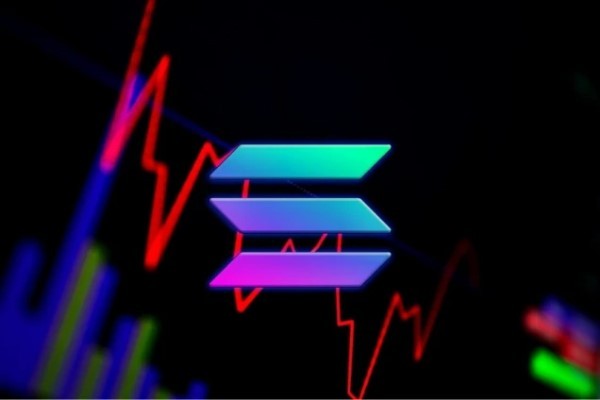
What is Solana used for?
Naturally, there are hazards connected with new crypto applications and technology, ranging from severe volatility to the possibility of exploiting unforeseen smart-contract vulnerabilities. Don’t risk money you can’t afford to lose, especially as a newbie.
Solana is capable of powering a range of applications with a number of features:
- Currency: Using a cryptocurrency wallet, you can send and receive Solana, as well as exchange it for products and services.
- Smart contracts: Smart contracts are applications that automatically execute the contract’s provisions when its criteria are met.
- Non-fungible tokens (NFTs): NFTs, which are often connected with digital art, may be powered by Solana, which enables artists and others to sell them to customers.
- DeFi: Solana enables the creation and usage of permission-less payments, which are immune to centralized or government control.
- Digital apps: Apart from its various purposes, Solana facilitates the creation of a variety of additional applications, including those for gaming, investment, and social networking.
Again, consider Solana as a token capable of powering a variety of applications rather than as money capable of transferring monetary value from one person to another.
>> Read Also: What Is NFT Marketplace? Its Roles In DeFi Space
Solana vs Other Blockchains
Below is some quick reviews of Solana with another blockchain
Solana vs Cardano
Numerous reasons may make Cardano or Solana more or less enticing to various investors when comparing the two cryptocurrencies. Cardano’s bigger market cap may indicate that the coin is a more solid long-term investment, whereas Solana’s faster speeds and cheaper costs present a vision of long-term potential as a top crypto asset in the decentralized financial industry.
You can buy NFTs with Solana and Cardano and fulfil smart contracts with both of them, and they both have aggressive development plans to boot.

Solana vs Cardano
Solana vs Ethereum
There has been a lot of talk recently about new competitors to the Ethereum network. Since its launch in 2011, PoH has been shown to deliver much quicker transaction speeds and cheaper costs than any other cryptocurrency at the time.
In the Solana vs Ethereum discussion, the genuine success of PoH might be a game-changer. Although Ethereum is the dominating competitor in the DeFi area, SOL is attracting a lot of attention from investors.
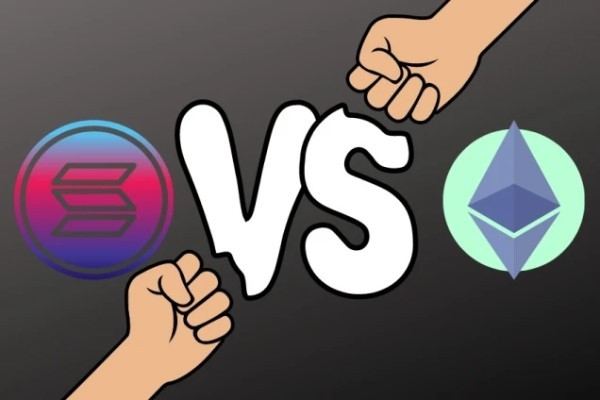
Solana vs Ethereum
>> Read Also: What Is Ethereum – The World’s Second-Largest Cryptocurrency
Is Solana A Good Investment?
Anyone who bought Solana lately is likely to have earned a sizable profit, given how quickly it has increased in value. To avoid being paralyzed by the fear of losing out on recent profits, it’s critical to know exactly what you’re purchasing. Traders, from this viewpoint, are acquiring something that is not supported by assets or cash flows.
When it comes to cryptocurrencies, that’s a big contrast to the stock market. You hold a share in an enterprise, and the success of your stock depends on how well that enterprise grows. It is probable that the investment will pay off if profits rise. If you own stock in the company, you are entitled to a share of the company’s assets and cash flow.
Solana, on the other hand, is not backed by any real-world assets, like most of the most popular cryptocurrencies. Other traders’ excitement and speculation are what drive them. In the “greater fool theory of investing,” traders believe they will be able to sell the cryptocurrency at a better price to other traders in the future. Digital currency prices have risen due to speculation, as seen by the growth in their value.
If cryptocurrency loses its saviours, it will not be able to sustain itself. Many investors, including the famed Warren Buffett, avoid bitcoin because of this crucial differential.
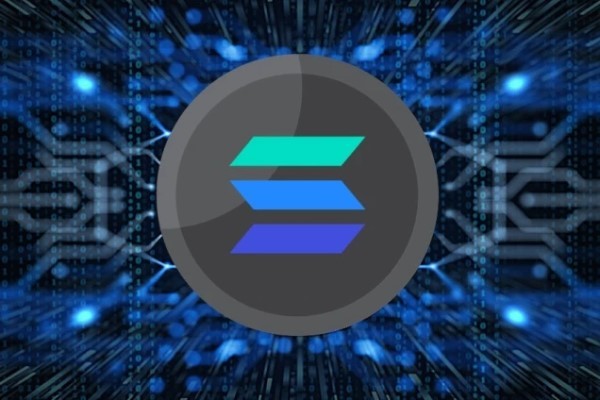
Investing In Solana
FAQs About Solana
Who Are Solana’s Associates?
Solana (SOL) has a large number of crypto industry partners, many of them are among the finest and brightest. More than a dozen companies are involved in this field: Project Serum (FTX), Terra (akash), Chainlink (civic), dfuse, Formatic (Stardust), Kin
How Many SOL Tokens Are Currently Available for Purchase?
There are 489 million SOL tokens in circulation, according to the Solana Foundation, with 260 million currently on the market.
What’s The Deal With Solana Staking?
Validators are the machines responsible for securing the network. To become a validator, participants put up their own SOL in return for a chance to earn a fresh SOL and a share of fees. To become a validator, you’ll need a decent amount of technical expertise.
Additionally, SOL acts as the Solana community’s “governance token,” which means that SOL holders may vote on future upgrades and governance ideas put forth by the community.
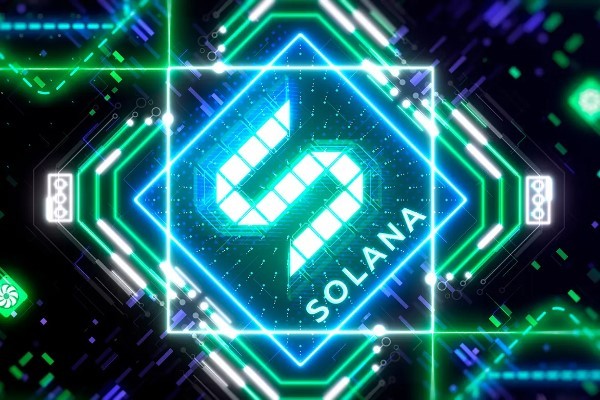
Frequently Asked Questions About Solana
>> Read Also: What Is Staking Crypto? – Complete Tutorial For Newbies
Wrapping Up
Solana resolves several concerns associated with older blockchain technologies. Solana introduces a novel transaction verification structure and a more efficient consensus mechanism. The platform will undoubtedly be a formidable rival to Bitcoin and Ethereum. Solana exemplifies the cryptocurrency industry’s rapid growth over the last decade. The platform is certainly something to keep an eye on as it develops!
If you’re interested in speculating on Solana or other cryptocurrencies, you can either trade them directly or invest in firms that stand to benefit from the sector’s expanding popularity.
However, if you’re considering trading Solana, it’s important to recognize the dangers, since you may possibly lose your whole investment. Not only is cryptocurrency volatile, but it is almost never backed by physical assets or cash flow. Therefore, if you’re trading cryptocurrency, avoid investing funds that you cannot afford to lose.
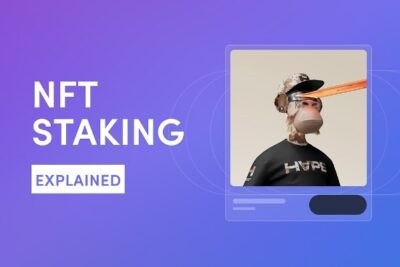
What Is NFT Staking? In-Depth Information About NFT Staking
18 August 2022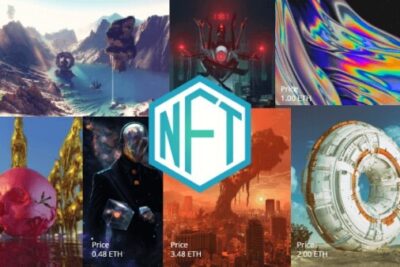
What Is NFT Marketplace? Its Roles In DeFi Space
25 March 2022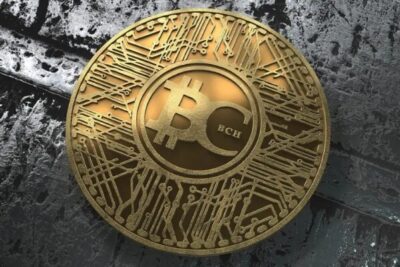
What Is Bitcoin Cash In Comparison With Bitcoin?
10 June 2022
Top Best NFT Lands For Sale 2022
15 July 2022